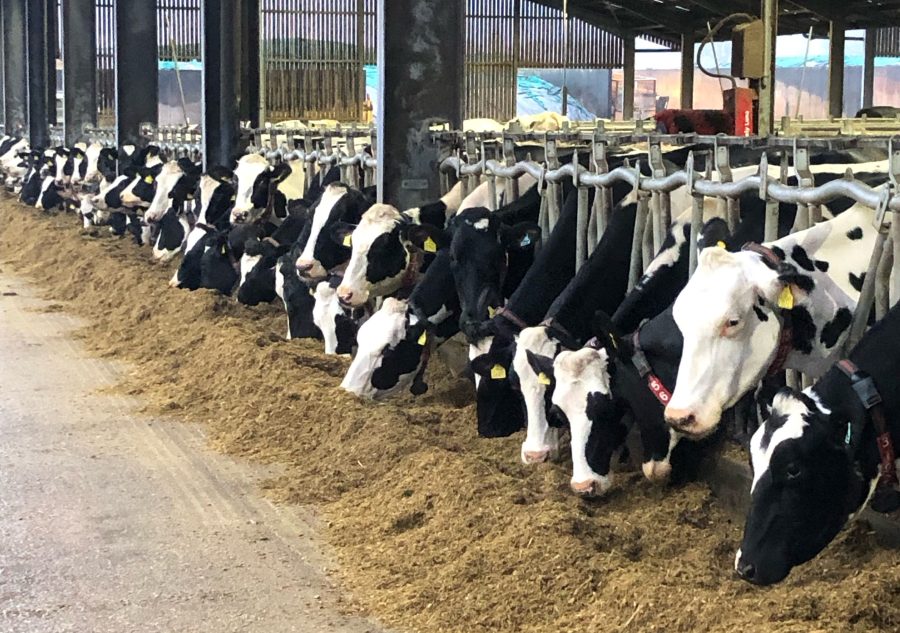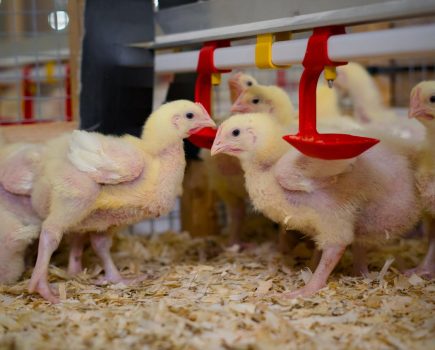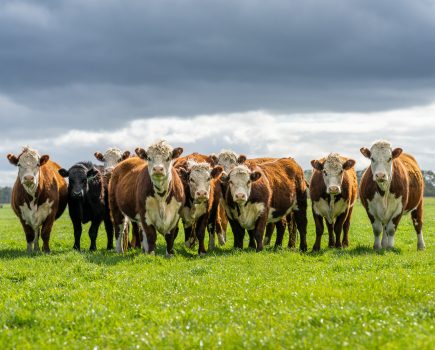In partnership with Elanco, UNIFORM-Agri has developed a new Ketosis Risk Alert tool as part of its dairy management software, to provide farmers with an early warning system to identify cows most at-risk of ketosis during the vital 90-day transition period.
Elanco technical consultant, Brian McConnell, said the tool will support dairy farmers looking to prevent ketosis and its associated health issues within their herd.
“In the three weeks pre- and post-calving, cows’ energy demands increase dramatically as required for calf growth as well as colostrum and milk production. Energy requirements increase by about 300% in early lactation[1],” he explained.
“This puts the cows at an increased risk of a negative energy balance, causing them to breakdown their body fat to fill in this energy gap, causing both clinical and sub-clinical ketosis, depending on the severity of the disparity.”
Ketosis is often referred to as a “gateway” disease because it increases the likelihood that a cow will develop other illnesses and dramatically reduce cow performance.
“Increased level of ketones in the blood (ketosis), has been found to reduce milk yield by 534kg in heifers and 358kg in cows in a projected 305-day lactation[2],” says Mr McConnell.
“It can also affect fertility by delaying oestrus post-calving. For instance, studies have shown that cows with subclinical ketosis in both the first and second week after calving were 50% less likely to be pregnant after first insemination[3].”
Graham Nowell, UNIFORM-Agri sales manager, said using the farm data tool takes into account a number of risk factors that influence ketosis, and produces a list of ‘at-risk’ cows.
“The risk factors include equal to or greater than three calvings, a dry period of more than 70 days, a calving interval over 480 days, and an age of first calving of over 27 months,” he says.
The tool also considers production in the previous lactation of over 14,000kg and looks at transitional diseases in previous lactations.
Mr Nowell explained that it is possible for farmers to adjust some parameters based on management choices or characteristics on the farm.
“When the list of at-risk cows is produced, it also explains why this animal has been selected.”
He said this additional insight allows farmers and their vets to work together to produce an appropriate management plan that enables them to manage ketosis before it occurs.
Herd manager at Stowell Farms, Chris Gowen has trialled the Ketosis Risk Alert tool to produce a list of cows with an increased risk of ketosis using existing farm data.
“More proactive management of the transition period is a key area for improvement for us, as we grow our herd and push our cow’s performance,” he says.
“With 680 cows calving year-round, it can be difficult to keep track of which are at risk of ketosis, however, using the Ketosis Risk Alert means that everyone has access to the information.”
Despite only using the tool for two months, Mr Gowen has already seen the benefits.
“We now have a more targeted approach for ketosis prevention, which includes treating those identified as at-risk with a monensin bolus to help prevent ketosis by closing the energy gap,” he says.
The Ketosis Risk Alert tool is now freely available to all dairy farmers using the UNIFORM management software.







